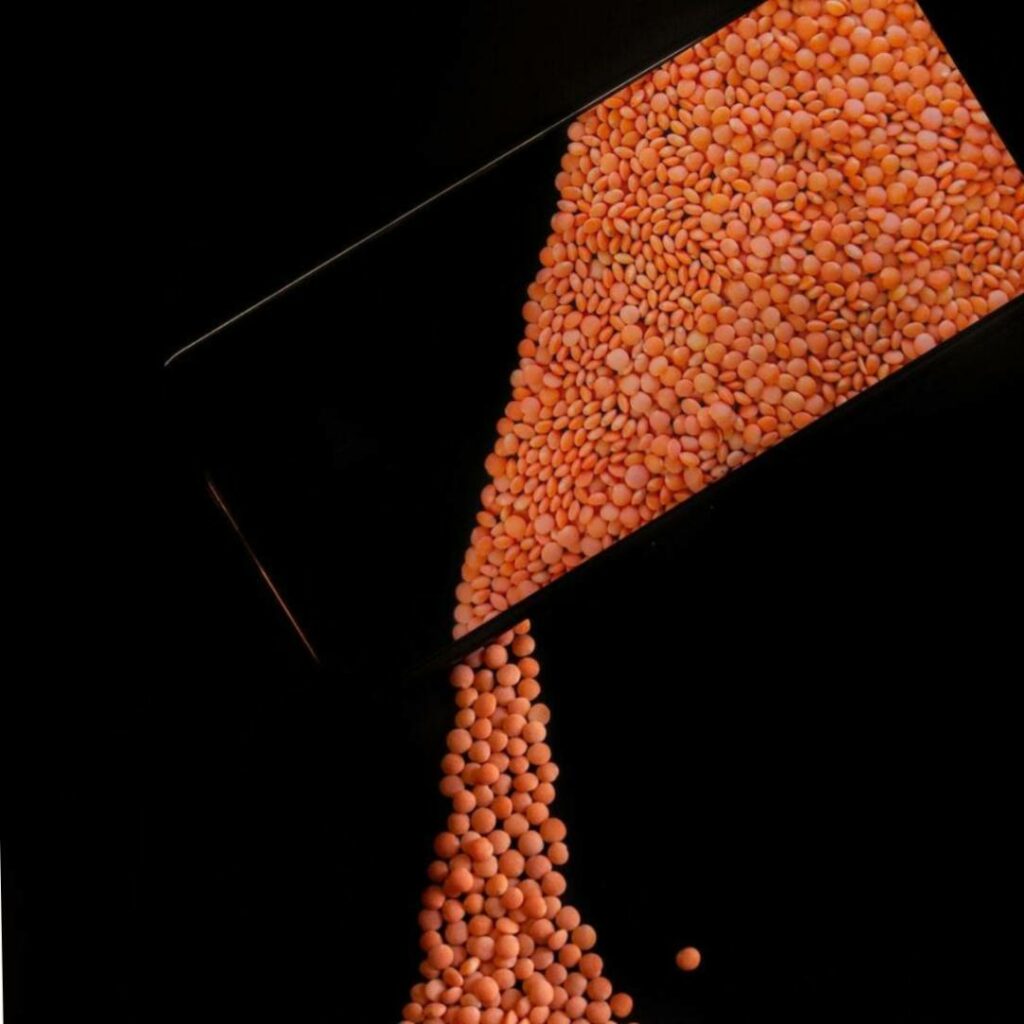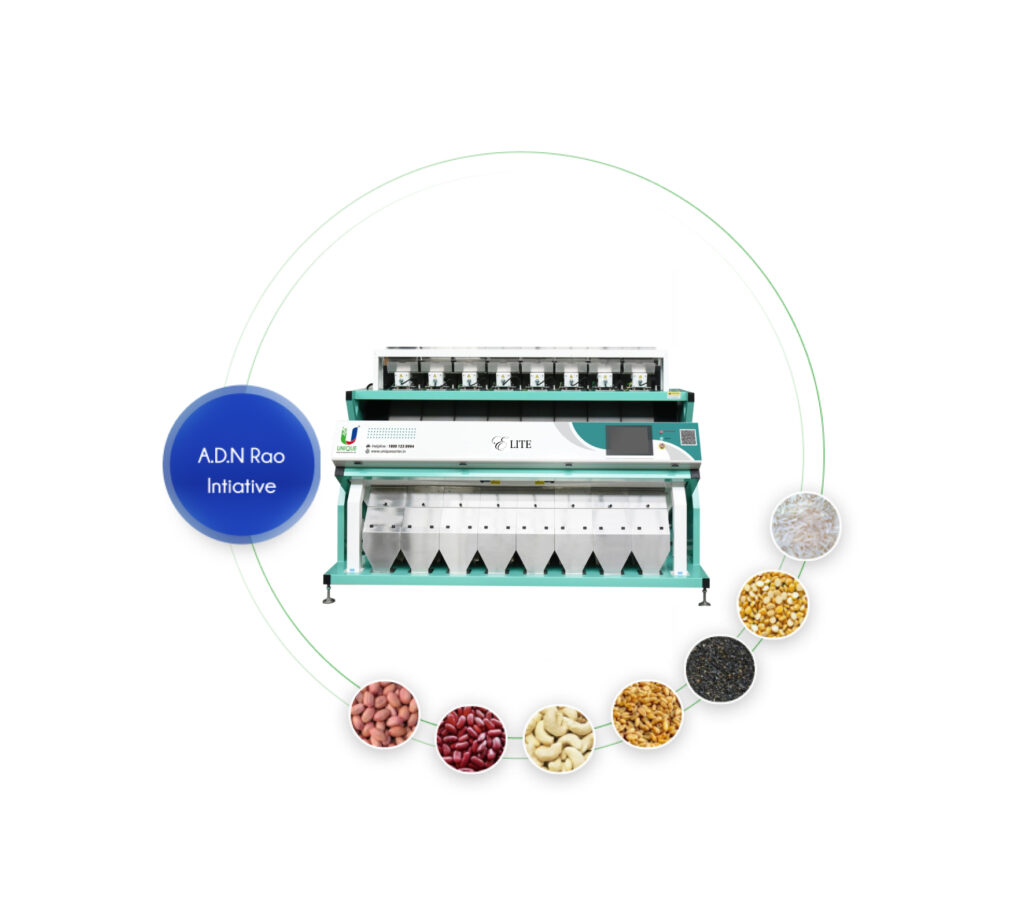Advantages of Dry Milling of Pulses: Enhancing Quality and Efficiency

Introduction
Pulses, often referred to as Dal, are a staple in diets worldwide, prized for their numerous health benefits. These versatile legumes are typically consumed in the form of dehusked splits.
The outer layer of pulses, known as husk, is naturally connected to the cotyledons, which contain starch and protein. The process of milling pulses involves grinding these grains into flour, and while traditional methods have relied on grinding between stones or quern stones, modern dry milling techniques have emerged as a game-changer in the industry.
In this blog post, we will explore the advantages of dry milling pulses and how it has transformed the processing of these essential food items.
Improved Quality
One of the primary advantages of dry milling pulses is the significant improvement in quality. Dry milling allows for the efficient removal of the layer of gums that often resides between the husk and cotyledons. This not only enhances the overall quality of the pulses but also promotes faster growth rates.
With advancements in technology, pulses and grains can be milled with ease, and they are categorised as easy-to-mill pulses. The outer husk layers are effectively separated from the cotyledons, resulting in split pulses that are both visually appealing and suitable for consumption.
Removal of Dirt
Dry milling plays a crucial role in improving the appearance, palatability, quality, and digestibility of pulse products. The de-husking process involved in dry milling effectively removes any dirt or impurities present in the pulses. This meticulous cleaning process ensures that the final product is not only visually appealing but also safe for consumption.
Fast Production
Pulse milling is a significant processing industry, ranking third in importance after flour and rice milling. Dry milling of pulses is particularly noteworthy for its speed and efficiency in production.
Approximately 75% of the pulses produced are processed into dal (split pulses) in mills. Many consumers prefer dry pulses over wet ones, and dry milling techniques, like those offered by Top Grain Milling Solutions, ensure that production is swift and efficient without compromising on quality.
Tremendous Time Saving
Dry milling is known for its time-saving advantages. The process involves the use of dryers to efficiently dry the grains, which consumes less energy compared to other methods. This time-efficient approach contributes to the overall efficiency of the milling process.
Conclusion
The advantages of dry milling pulses are undeniable, as it offers a host of benefits that enhance the quality and efficiency of pulse processing. The removal of gums between the husk and cotyledons, the elimination of dirt and impurities, and the rapid production rate are all significant advantages associated with dry milling.
In today’s fast-paced world, dry milling has become the preferred method for processing pulses, ensuring that consumers receive high-quality, clean, and nutritious pulse products.
Whether you are a producer, mill owner, or consumer, the advantages of dry milling pulses are clear, making it a vital component of the pulse industry. With the assistance of professionals like Rice Mill Engineers & Designers, setting up a professional pulse mill to leverage these advantages becomes a viable and rewarding endeavour.
Get A Quote
Related Post
Discover the art of precision with our color sorter: revolutionizing sorting processes with unparalleled accuracy and efficiency.
Elite Rice Colour Sorter Machine
Elevate your rice sorting efficiency with precision, innovation, and reliability.

Elite Corn Color Sorter Machine
Elite Corn Color Sorter Machine, powered by the revolutionary Jarvis system and Smart vision technology.

Elite Coffee Bean Sorter Machine
Elite Coffee Bean Sorter Machine, a pinnacle of precision and efficiency in the world of coffee sorting technology.

